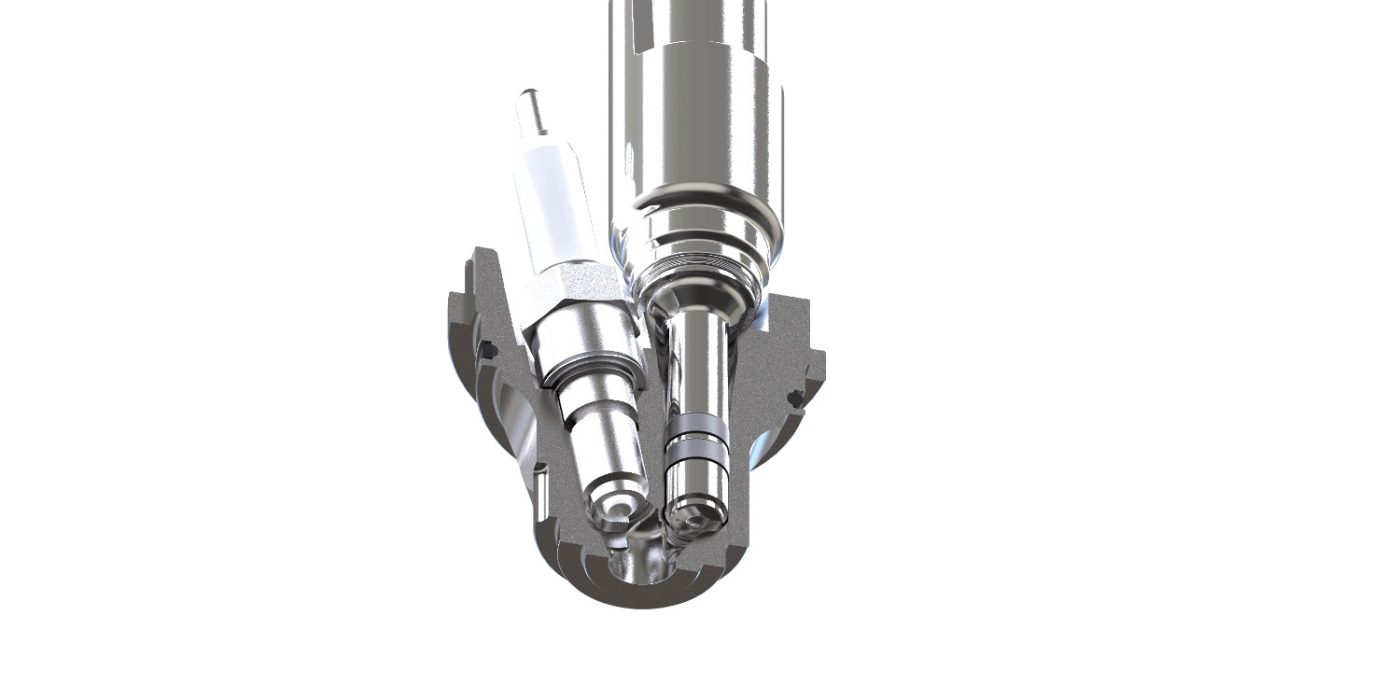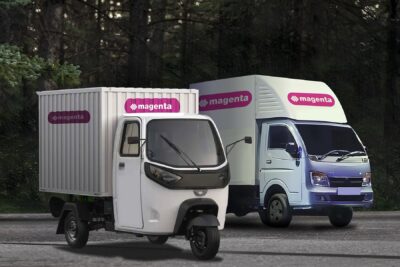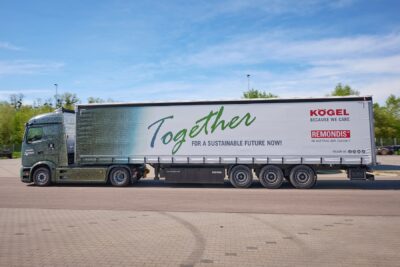Liebherr & Mahle develop heavy-duty H2 engines
Mahle Powertrain is supporting Liebherr in the development of hydrogen-powered heavy-duty engines. The Mahle subsidiary is the group’s development service provider and is contributing a so-called pre-chamber ignition system.
Here, it is important to note that H2 combustion engines differ significantly from drives with fuel cells. While the latter variant is the classic H2 drive with fuel cell, electric motor and battery, a hydrogen engine is an internal combustion engine that is operated on the basis of the oxyhydrogen reaction with hydrogen as fuel. Although this kind of system does not emit any pollutants containing carbon, it does emit larger concentrations of nitrogen oxides.
The cooperation between Liebherr and Mahle is about H2 combustion engines. In the course of the partnership, Mahle Powertrain has further developed its technology called Mahle Jet Ignition (MJI). Mahle says that the pre-chamber ignition ensures that the hydrogen-air mixture can be ignited and burnt under high compression and which the company says makes it both efficient and stable. This should pave the way for the use of hydrogen in heavy-duty and off-road applications such as excavators, crawlers or wheel loaders. Mahle points out that hydrogen engines are ideal for high load cycles with sudden load changes and cope well with heat, dust, and vibrations. The company says that this should make hydrogen engines an excellent choice for use in heavy-duty and off-road applications.
The challenge with hydrogen combustion engines according to Mahle, is to prevent engine knock and premature ignition without reducing the compression ratio and thus efficiency and power output. Mahle says that the solution is to run hydrogen engines with a high excess of air, but this requires readjustment during ignition. The energy from a conventional spark plug is not enough to ignite such a mixture. The company’s advanced ignition system burns a small amount of an ignitable mixture in a pre-chamber of the cylinder. The resulting gas plasma is passed through small openings into the main combustion chamber and, due to its high energy content, rapidly and evenly ignites the main gas mixture.
Trials with Liebherr’s H966 and H964 engines are said to have produced “excellent” results in terms of combustion speed, power and emissions.
“The use of hydrogen as a combustion fuel has the potential to make many heavy-duty and off-road applications climate-neutral quickly,” says Peter Wieske, director of group advanced development at Mahle. “A large number of studies in recent decades have shown that hydrogen can be used in internal combustion engines without any problems.”
Enabling a rapid transition off fossil fuels before without having to completely renew all fleets of highly specialized vehicles is a problem currently being tackled with many different feasible approaches. This primarily financial issue is a similar challenge for both battery-electric and fuel-cell vehicles. On the specialised heavy-duty battery-electric vehicle front, Levo Mobility has just come up with a solution not only involving V2G infrastructure – but also financing and fleet leasing for companies who cannot afford an initial outlay of purchasing a whole new fleet and infrastructure.
For Mahle and Liebherr Machines in their pursuit of hydrogen combustion solutions, Bouzid Seba, Head of Predevelopment at Liebherr Machines Bulle says: “The expertise of Liebherr’s engineering teams in off-highway engine combustion and research on alternative fuels has been critical in this project.” Here, Seba underscores Liebherr’s open approach to all technologies, whereby the company explores various methods of energy conversion and the fuels that are most suited to them.
Mahle is also following up diverse solutions, also on the hydrogen front, including the development of fuel-cell vehicles. Just last month, Mahle Powertrain and Bramble Energy agreed to continue their collaboration to develop Bramble’s PCBFC hydrogen fuel cell technology as the phase 1 demonstrator vehicle was launched at the Cenex Low Carbon Vehicle show.
Including reporting from Carrie Hampel





0 Comments